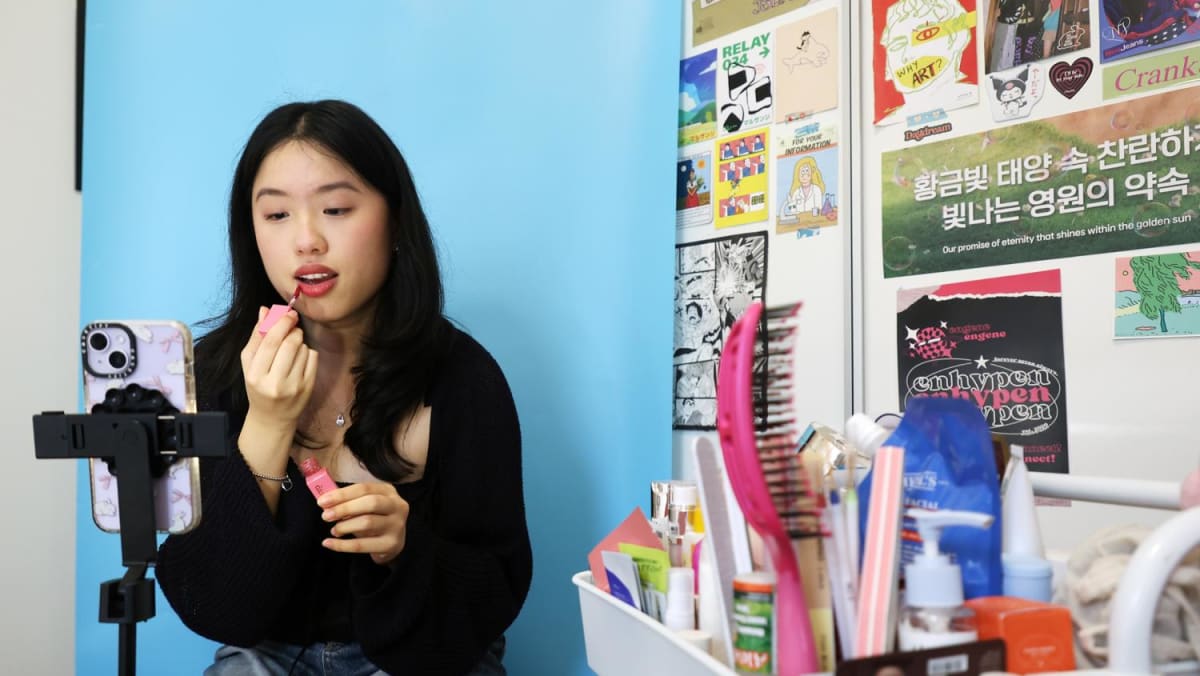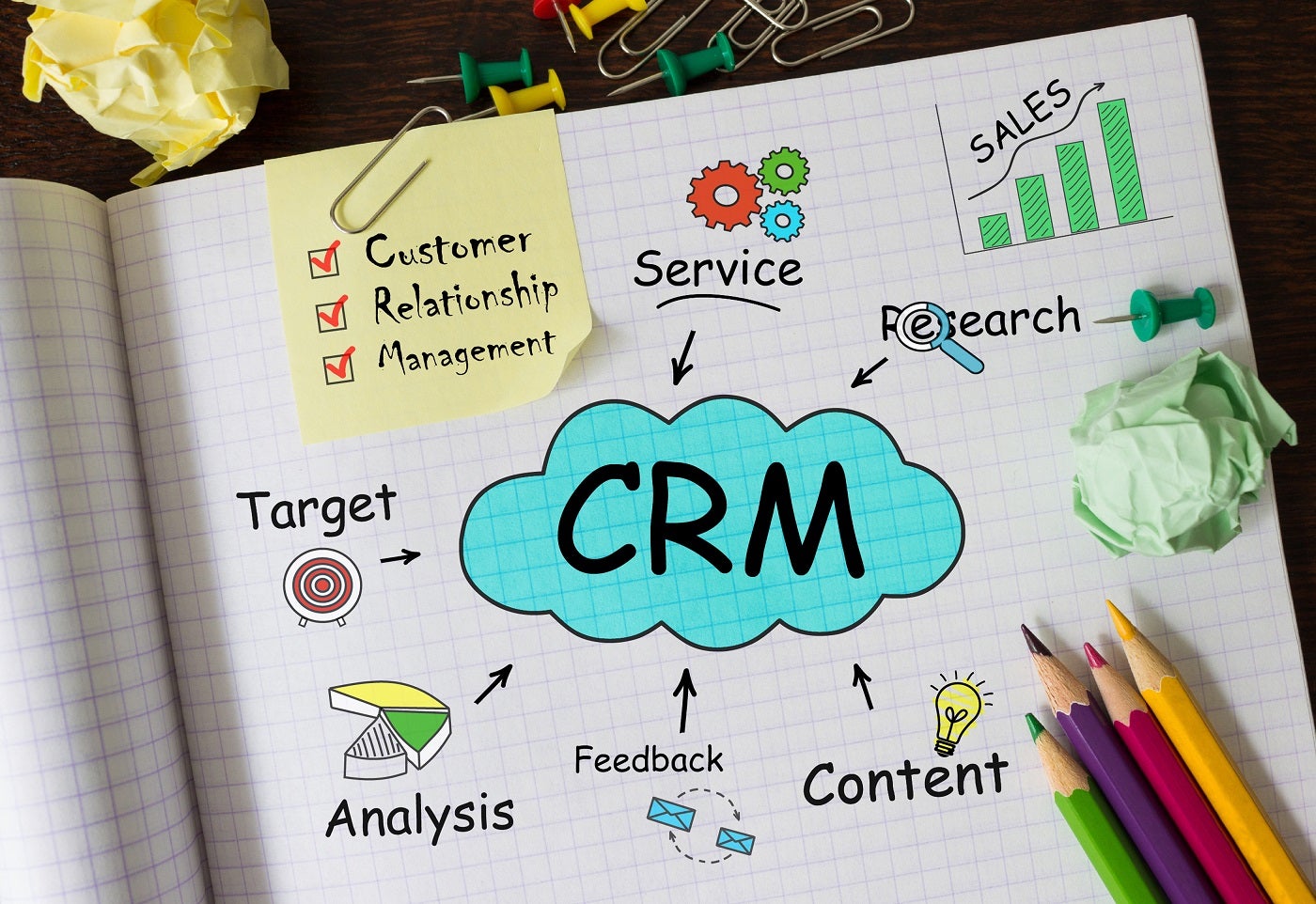Content creation is just one of three jobs for Mr Ian Jeevan Prasad Arumugam, 27, given that the industry is “very volatile” and influencers can quickly go out of trend.
More than influencer fatigue, Mr Jeevan pointed to an exhaustion with advertisements in general, as certain influencers “bombard” their audiences with promotional content.
Some poorly performing influencer content can also be hindered by “very restrictive” briefs from brands that may limit one’s creative flair in the regular content they are known for.
“We are bombarded with so many ads everyday and more so even online with brands trying to vie for our attention. If they are able to weave it authentically with their style of content it can still resonate and sit well with their audience,” he added.
Despite the saturation of content made by influencers, Mr Jeevan tries to stand out by developing a “strong niche” in his humorous, family-friendly skits, lifestyle and travel content.
“I think the sustainability of an influencer career is highly dependent on your ability to pivot, adapt and grow with your audience,” said Mr Jeevan.
GOING MICRO
Other content creators remain optimistic about the effectiveness of influencer marketing by finding new ways to break through to a tired audience.
With social media platforms democratising content creation, influencer marketing has shifted from working with celebrities or larger influencers to more “niche, relatable” figures known as micro-influencers and even nano-influencers, said Dr Elhajjar from NUS.
While brands originally believed that reach equated to impact, Dr Elhajjar said smaller creators have emerged as means to more effectively drive “real connections” with engaged and loyal communities.
Another strategy gaining popularity is user-generated content, where brands are encouraging their customers and influencers alike to post about their products, encouraging more “authentic content”.
One such creator is Ms Chloe Chua, a 25-year-old freelancer who has created makeup and skincare reviews and tutorials on TikTok and to about 7,500 followers on its related platform Lemon8 as “ch.lout” since 2022.
While she has joined the industry at a point where it is really saturated, she has noticed constant demand for fresh perspectives as influencer fatigue sets in more for bigger creators who can lose the relatability factor after gaining fame.
“There is some irony and tension in this discourse because a lot of content creators rely on brand deals to earn a living, yet that seems to be in conflict with the calls for authenticity from audience members,” said Ms Chua.
Mr James Soh, director of online home renovation portal Renopedia, said engaging influencers with a larger platform and high view count may not necessarily translate into sales.
He recalled engaging a well-known local influencer to create a video to help promote Renopedia.
The video attracted over 600,000 views but did not end up creating any leads as the content only name-dropped the firm rather than leaving an impression about its services.
With Singaporean consumers becoming increasingly media literate, Mr Soh said Renopedia has since had a better experience collaborating with a micro-influencer who had recently renovated their own home.
“How they create the content, as a user, I can see there’s a certain passion and level of understanding. Even if they don’t have the popularity, they do connect with an audience, because they know what are the woes of homeowners,” said Mr Soh, who said that video created leads for the firm.
WHAT IS ‘AUTHENTIC’, REALLY?
Besides causing a move to smaller creators, the fatigue over influencer content has put a spotlight on defining what is “authentic” among recommendations online.
Experts noted that influencer fatigue has even led to the rise of “de-influencing”, where influencers and regular users advise followers on what not to buy.
But Ms Chua pointed out that the concept of “de-influencing” could be seen as “still inherently influencing”.
Though such content appears more authentic, users who make this content still play a role in “swaying one’s purchase decisions” and sometimes recommend what to buy instead of the product they denounce, she added.
Ms Anda, the beauty content creator, manages the challenge of providing honest reviews for sponsored products by fostering open communication with her community.
Despite boasting over 40,000 followers on Instagram and receiving private messages in the hundreds for popular posts, she makes it a point to reply to all messages directly or address feedback through a public post.
“Let’s say if I’m using this product, some followers will share if it works for them or if it doesn’t, and I will post both reviews up. When someone says they don’t like it, there has to be a reasoning behind it,” said Ms Anda.
“I can post (the feedback) and say: ‘This product actually works better for dry skin, or if you have oily skin and want to try it, maybe this is what you can do’.”
Another way some influencers ensure they remain credible is ensuring a good fit before accepting collaborations.
Ms Chua has declined collaborations for products she would not “genuinely use” and discloses paid partnerships with brands.
Organisational consultant Bean Kim, 25, who makes beauty related content as “beansauna” on Instagram and TikTok, gained attention from brands who took note of her candid videos on her struggles with acne and eczema prone skin.
She makes it a point to take on collaborations only with products that she has been able to trial. She also aims to make reviews educational.
“If I am collaborating, I try to make my content in a way that even if the audience doesn’t want the product, they still have something to take away from the video,” she said.
“The people coming on TikTok and Instagram are inherently not there to be consumers,” said Ms Kim, who gave the example of a video where she reviewed a foundation while sharing tips on how to make sure one’s makeup lasts.
Wanting to make fewer videos that focus on showcasing products, Ms Kim has been “wrapping up” most brand collaborations and plans to make more videos on local events, research-focused skincare and interesting media.
For 24-year-old Shen Shuyi, who works in the media industry, even the supposedly “more authentic” user-generated content has its limitations.
Based on her experience in marketing, many creators of user-generated content receive free products through a “barter and trade” system. While they might not be directly paid to promote a brand, there can be an implicit pressure to post more positive reviews.
Though the socialite-type influencers may be losing popularity in favour of less polished content, with trends having shorter and shorter lifespans, it may not be long before audiences “see through” user-generated reviews as well.
“The digital space is all about the pursuit of authenticity, but it’s something you can never fully achieve. It’s an endless chase for what’s truly authentic, and that definition is constantly shifting,” said Ms Shen.



